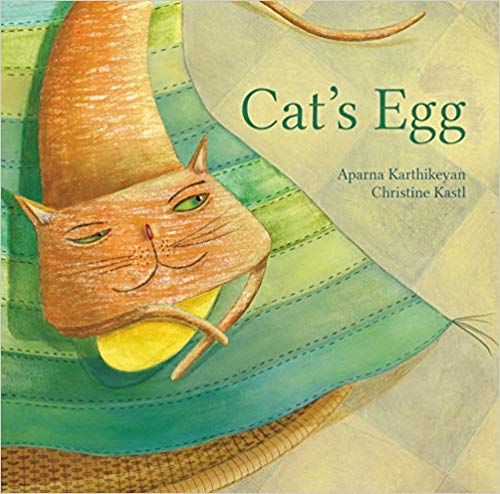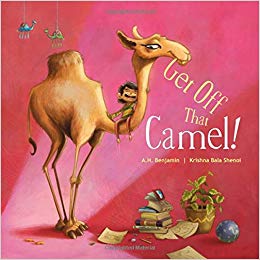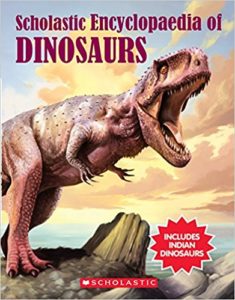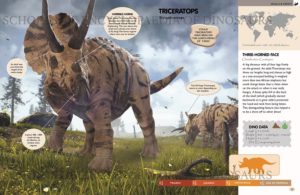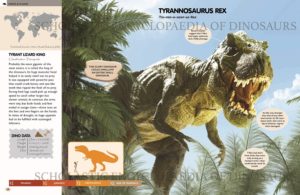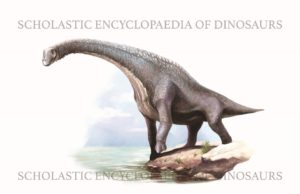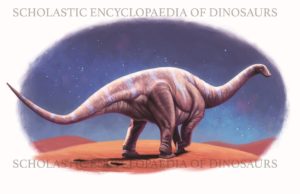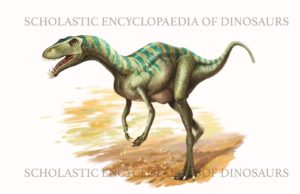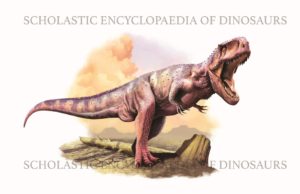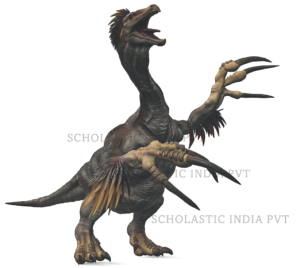“Get Off That Camel!” and “Cat’s Egg”
Get Off That Camel! and Cat’s Egg are two picture books published by Karadi Tales.
Get Off That Camel is a delightful tale about little Meena who is obsessed by her pet camel and refuses to get off it’s back. She attends school sitting atop her camel, she visits the library where fortunately the height at which she is perched enables her to search for books placed in the topmost bookshelves, she goes jogging in the park with her father but all the time astride her pet, accompanies her mother to the supermarket with her camel creating havoc among the aisles and so on. Her love for camels began as an infant when she was given a stuffed camel toy to cuddle with in bed. Her parents did it innocently enough little realising the unfortunate sequence of events it would unleash. It was only when the doctor examined the camel declaring “This poor animal is exhausted”, did Meena agree to climb down and let the camel live in a stable. After all Meena was a kind girl. Get Off The Camel! is an adorable picture book with beautifully designed clear illustrations. Apart from the sweet story it works marvellously well in teaching little readers about empathy and to be a little less self-centred. The only reservation about the storytelling are the roles of the parents with the mother being responsible for the grocery shopping while the father is focused on jogging and teaching his daughter about leading a healthy life. While it may be quite a simple representation of what is often seen in reality, it is still a little disconcerting as it seems to enforce well-known narratives rather than offering little readers alternative role models.
Cat’s Egg is a modern day Easter tale about a cat who is convinced she has laid an egg which will soon hatch. Cat is adamant the egg she found in her bed. So she sits atop it in the hope it will soon hatch her kittens. Despite the Dog, Crow, Magpie, and Turtle telling her otherwise, Cat refuses to listen. It is only when it is pointed out to her gently by the Turtle that the egg is turning damp, does the Cat realise there is something truly amiss with the soggy egg. It is then that Dog and Cat figure out the truth. The Cat has mistaken a chocolate Easter egg for an egg. A truly mixed-up cat if there was one! Warm and sweetly told tale introducing multiple concepts of birth, nurturing, friendships and the Christian tradition of celebrating Easter. Of course the tale is focused on the commercial aspect of how Easter is celebrated with plenty of confectionary particularly Easter eggs rather than the concept of Christians celebrating the festival in commemoration of the resurrection of Christ, a new beginning, a new life — a fact that the egg symbolises. A slightly mixed-up tale like the Cat but it does not take away from the pure joy of storytelling.
Get Off The Camel! and Cat’s Egg are marvellous picture books. Wonderful additions to any book collection.
A. H. Benjamin Get Off That Camel! Illustrated by Krishna Bala Shenoi. Karadi Tale, Chennai, 2019. Hb. pp. 32. Rs. 399
Aparna Karthikeyan Cat’s Egg Illustrated by Christine Kastl. Karadi Tale, Chennai, 2019. Hb. pp. 32. Rs. 399
22 March 2019

